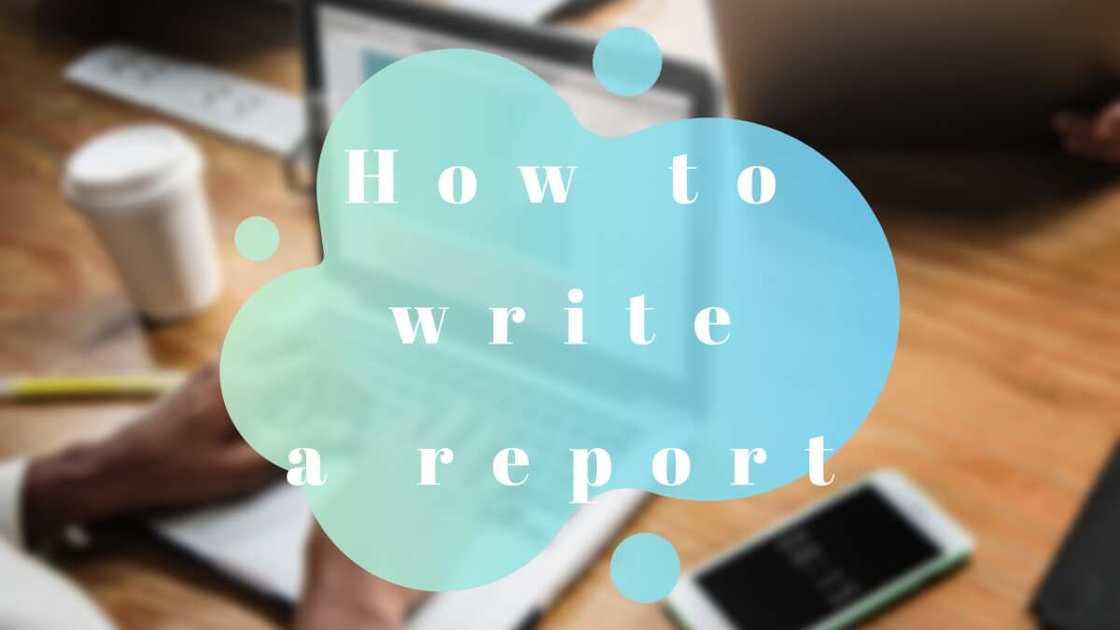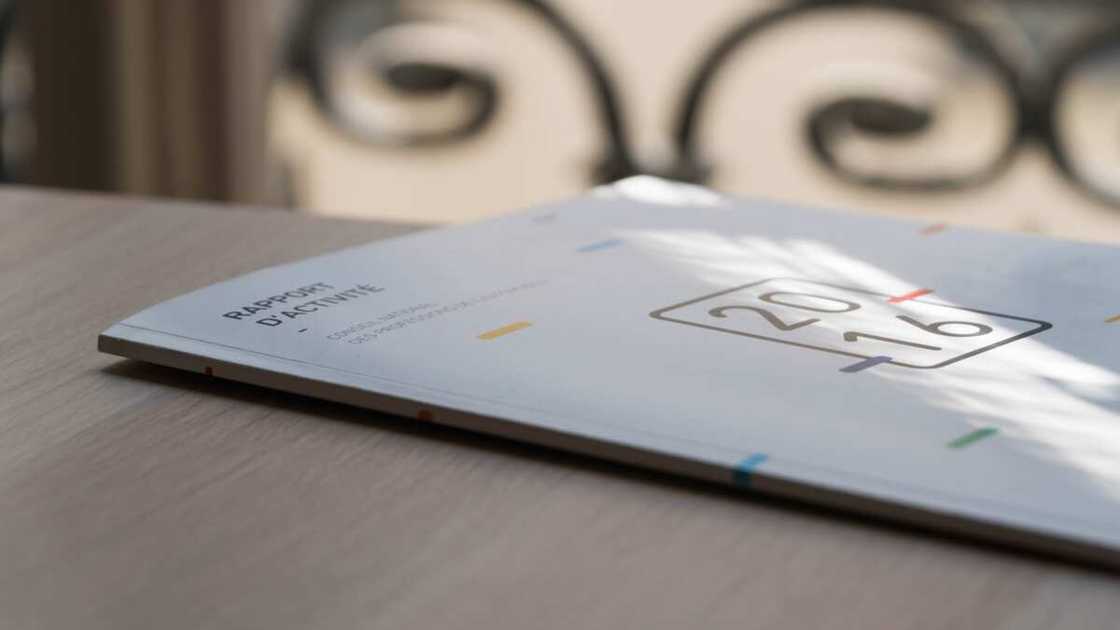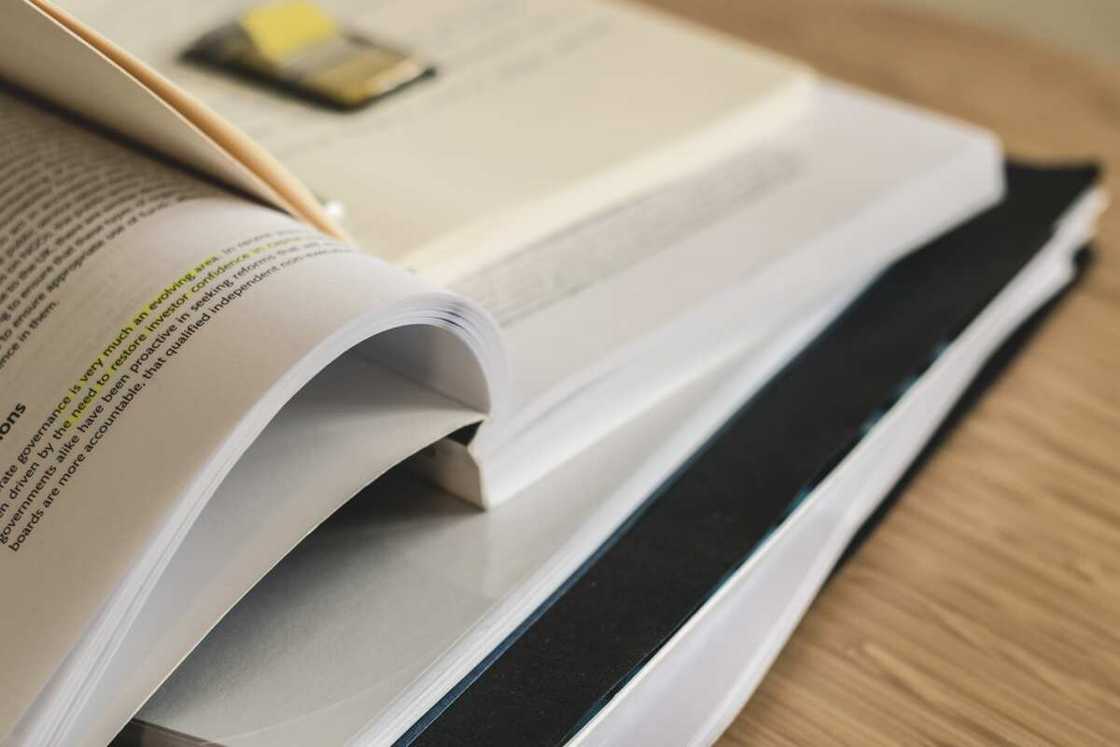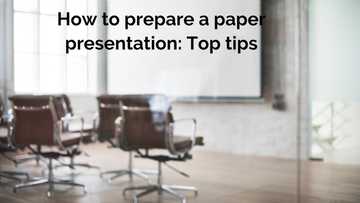How to write a report (with format and samples)
You may have been wondering How to write a report. Although it may seem tasking and quite time consuming, the process is quite easy to follow. There is a lot of information on how to do it, so we will try to consider all the essential points to make everything clear to you.

Source: UGC
Writing a report may seem frightening, but, fortunately, if you devote enough time to it, this task will not seem so difficult. Our instructions will help you.
How to write a report successfully
Before finding out how to write a report, you should understand what it is. A report is a type of a brief but informative summary about the essence of the question under consideration, tailored for a specific audience.
Here is a general structure of this kind of paper with its main parts:
- Title page
- Terms of reference
- Introduction
- Main body (discussion)
- Conclusion, results
- Bibliography
- Glossary of special terms
It can also include such points as a summary (abstract), table of contents and methods.
Writing a report involves a research project that requires the student's ability to carry out independent research, the ability to present information and to answer questions lucidly and qualitatively.
So, what is the best way to write a perfect report?
Pre-writing preparation

Source: UGC
First of all, carefully read the instructions for writing a report. If your supervisor gave you recommendations for it, be sure to read them carefully and make sure you understand the task.
Usually, supervisors also specify the requirements for the structure and format. If you have any questions about the assignment, get them answered as soon as possible to avoid misunderstandings.
Find the perfect topic
Usually, authors are given complete freedom in choosing a topic. If you select a topic that really fascinates you, it will be much more enjoyable for you to collect information and write about it.
Thanks to this, your presentation is likely to be more informative and interesting.

Source: UGC
Most importantly, be sure to inform your supervisor about the chosen topic and get his or her approval before anything else..
Make your topic more specific
If you choose a topic that is too general, your report will appear disorganized as you will try to cover too much material at once. On the other hand, the topic should not be too narrow as it will be difficult for you to find enough information to write. Try to find that aspect of the question that has many interesting details. If you do not know what to write about yet, choose a broader topic and then narrow it down.
Find relevant references

Source: UGC
If the guide from a supervisor indicates a certain number of sources or a limit on their number or sources that can be used, be sure to follow these recommendations. If you do not have instructions on how many sources should be used, find 1-2 reliable sources for each page.
Regardless of how well you write your work, if you do not complete it correctly, you will not receive a good review and a high score. Any sources that you use when writing should be reliable.
Use only scientific sources if you are looking for information online. Since everyone can write something and put it on the internet, it is sometimes difficult to study all the information offered and find reliable sources. To make sure the information you use is accurate, start by using an academic search engine such as Google Scholar.
Make helpful notes

Source: UGC
When writing a paper, take notes, including quotes. If you find something useful in a book, article, or other sources, write it down. Then, write down all the information you find in the source, including the author, the date of publication, page number and publisher.
This will help you compile a list of sources. Do not forget to number each page of your notes so you do not get confused about which source a particular piece of information is from. Remember that you will need to indicate the sources that you use in your work.
Composing and formatting
Format your report according to the instructions of your supervisor. It is better to set the font, margins and spacing before you start writing, instead of trying to do everything at the end.

Source: UGC
Follow the text formatting instructions. Choose what is normally used, such as a Times New Roman or Arial font with 12 pt, 1.5 spacing and standard margins.
Usually, the list of sources that you use is required to be at the end of the paper. Most likely, you will need a title page, which should contain the title of the topic, your full name, the date and the name of your teacher or supervisor.
For some types of reports, you will also need a table of contents and a summary which briefly describes what you wrote about.
Main parts of a report
A report majorly consists of the following sections:
The introduction

Source: UGC
Formulate your topic in the introduction, which is the part where you present the problem and state the essence of your study. The introductory text should be interesting so that your audience becomes interested in it. You must provide some background information on the chosen topic, and then state your subject so that the listener knows what the presentation will be about.
The main body
Start each paragraph in the paper with a thematic sentence and indicate the pieces of evidence confirming the main topic. Each paragraph should consist of a thematic sentence and supporting arguments. The thematic proposal introduces the main idea of the paragraph and links it to the topic. As a rule, the most important and convincing information should be at the beginning of the work.
READ ALSO: How to write a resignation letter: useful tips and samples
After you write the subject sentence in the main paragraph, provide the evidence found in your study that supports this point. Add confirmation to the text using quotes and paraphrasing. By linking the text of each main paragraph with the theme of the proposal, you will be able to structure the presentation logically, and it will be more interesting.

Source: UGC
Use the sources found to maintain the main theme, but do not plagiarize. Always state the information in your own words. There may be serious problems if you just copy the information from the sources word for word. In addition, do not forget to quote each source as it is used, in accordance with the guidelines in the format that you received from your supervisor.
The conclusion
Summarise your research in the final paragraph. This includes the results of the main theme and final thoughts. It should repeat to the audience what they should take from the presentation, and also, this paragraph should emphasise the importance of the information you have provided.
Avoid providing any new information in your conclusion. You do not want to surprise the listeners at the very last moment. You need to repeat everything that has already been stated earlier intelligibly.
Final steps

Source: UGC
Compare the report with your supervisor's instructions to make sure that it complies with them. All your hard work deserves a reward, so do not risk losing points because you have completed the task incorrectly. Review the report guidelines to ensure that your document meets the requirements for an excellent assessment.
READ ALSO: How to concentrate on studies for long hours and avoid distractions
If you have any questions about the requirements, check these details with your supervisor. It is important to know how he or she will evaluate this task.
Other useful tips on proofreading
Scan your report to make sure that all the important information is included. Read the report from cover to cover, pretending that you are a listener who has never heard this information before. Pay attention to how easy it is to follow the logic of your report, whether the topic is clear. Also, make sure that your back-up information confirms the main topic.

Source: UGC
Here are some tips and pieces of advice that will help you make everything clear and make your report as perfect as possible:
- Ask yourself this question, "If I read this report for the first time, would I understand this topic after reading it?"
- If you have time before the deadline, put away your report for several days. Then go back and reread it. This will help you discover flaws that you might have missed.
- Regardless of how good the information is, your report will seem amateur and sloppy if there are a lot of spelling or punctuation mistakes in it. Writing a report in a text editor with a built-in spell checker will help you detect flaws while writing.

Source: UGC
- Try to read your report out loud. Listening to words will help you catch logical mistake.
- After you finished editing your report, try rereading it, but this time read it backwards. Start with the last sentence of the report, then read the last but one and so on. This is a great way to help you find spelling and grammatical mistakes that you might have missed.
- Have someone read your work. This person will be able to inform you about any spelling and grammatical mistakes, speech inaccuracies that you might have missed. Also, ask the reader to comment on whether your point of view is clear.
Samples you can stick to
Some details of the report structure and its formatting may differ. That is why it would be great to study some samples

Source: UGC
Here is a list of some links that may be helpful for students and other people who are dealing with writing reports for different purposes:
- examples.com
- sampletemplates.com
- wright.edu
- template.net
We hope the question of how to write a report is not a problem to you. A report not only involves the routine study of numerous theoretical sources but is also a creative approach in presenting your own thoughts. Following the above rules and recommendations, it is not difficult to write an interesting presentation which will be highly appreciated by other students and teachers.
READ ALSO: How to end an email: 15 best sign-offs for any occasion
Source: Legit.ng











